Using mergers as community opportunities
Vermont Act 46 mergers challenged communities to restructure systems. Under a mandated merger, two schools came together to build one thriving community, focused on building a healthy culture. Challenging, yes?
Through a shared, engaging advisory program, these two schools worked together to establish a culture that explicitly values:
- identity development
- learner self-development
- community connections, and
- a strong sense of belonging.
This post was originally presented at the 2019 Middle Grades Conference by educators Emily Miller, Andrew West, Tony Snow, Siobhan Kelly and Mindi Wimett.
Joining communities through advisory
We were a product of the Act 46 merger and we took two towns with k-12 schools, Bethel and South Royalton, and joined them. The middle school is now all located in the old Whitcomb High School (Bethel), as well as students from two towns and a staff from both those schools. We felt it was really important that we focused on our school culture with our 130 students and at least eight core teachers and essential teachers as we created this new middle school, out of those two existing K to 12 schools.
The purpose of our advisory program, which is where we decided to focus our efforts with our community, was to foster students’ development of their own identity, guide students’ development as a learner, connect school home and the wider community and develop a sense of belonging in an advisory on a team and in the middle school community.
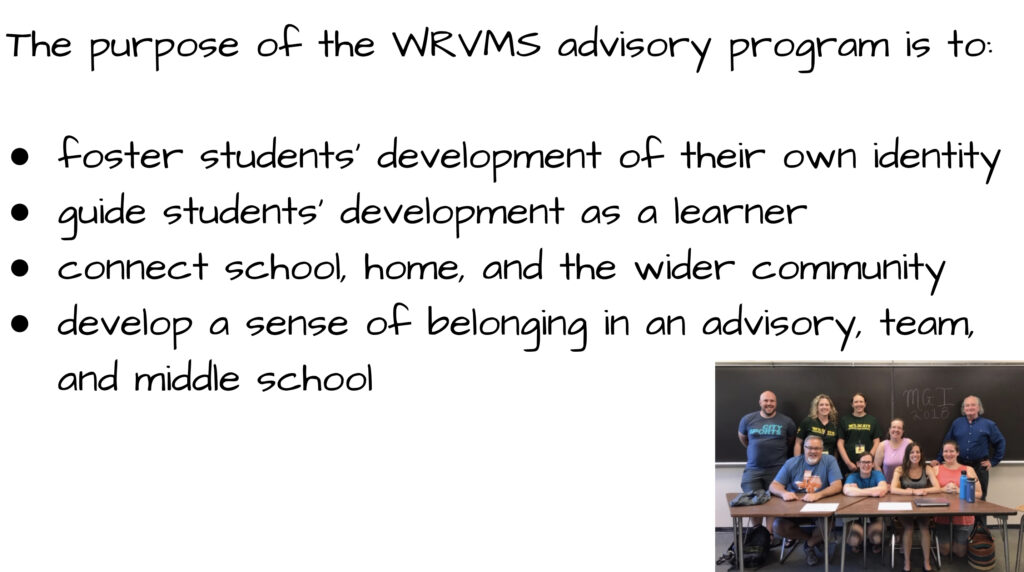
A little background
Our eleven advisories meet every day from 8:10 to 8:25. The advisories are multi graded. So there are six, seventh, and eighth grade students, approximately eight to twelve students on every advisory team. Core teachers, essential teachers, special educators, all serve as advisors. Students are organized under the two teams. One team is called the Sugar Maples. The other team is the Mighty Oaks, and those two teams are pretty evenly split from the 130 students.
One team does have an extra advisory program, so the advisories are a little bit off. Students earn advisory points for positive behaviors or chips and we do a monthly breakfast. Also we have a middle school community meeting that meets every Monday at 10 o’clock. We do recognitions, announcements, an activity, a share for about a half hour.
A format that works for us!
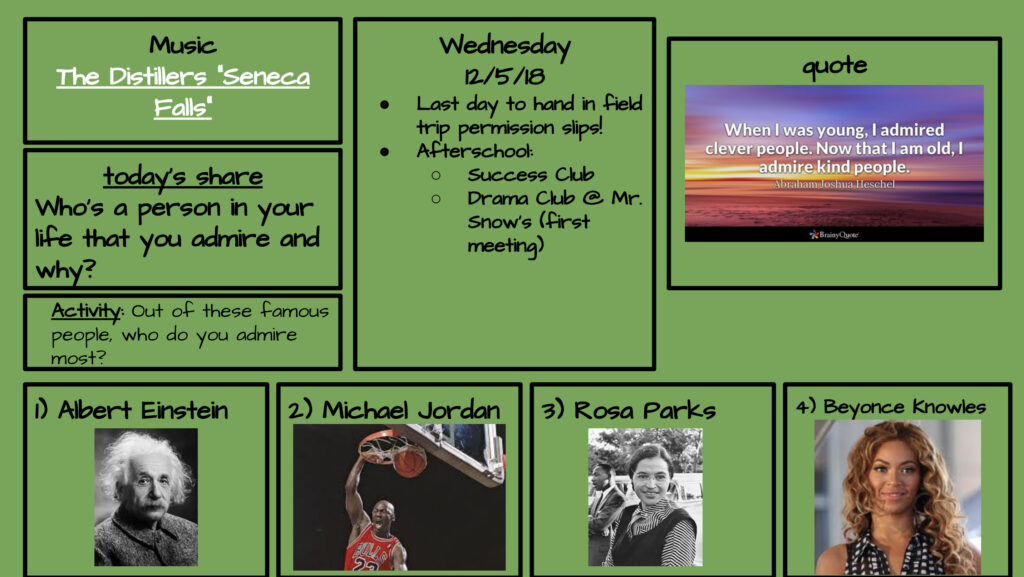
We borrowed this format for an advisory slide from Team B, which we were on over the summer at the Middle Grades Institute. They always started us out with a song that just something you sort of like enter to and to sort of sit and reflect as you come into the room. Since their advisory time is so short, we play that song and everyone knows that means advisory is starting. You come in and sit down, settle into your space. Then we have a share, which is usually something that connects to that goal of who am I, who are these other people that I’m in this group with, how do we fit together as a group?
The “Shactivity”
Sometimes our time is so short, we have what we call the “shactivity”, which combines the share and activity so that we can really go deeper into one thing instead of trying to spend two minutes on this and three minutes on that. For this one, the share and the activity are connected.
The students are talking about who’s someone that we admire in our lives, and that connects to the goal of who are you as a learner because it gives them like if I admire people like Albert Einstein, Michael Jordan, Rosa Parks or Beyoncé, kind of gives them a goal of this is the person I admire.
How do I get to that, and how does school fit into that? They think about a person in their life that they admire and why. Then they choose one of these famous people that they admire and they have to get up and go to a corner of the room that’s assigned that number. One is more important or two is another, three is another, four is another, they discuss in their groups why they chose the corner they did, why do they admire that person and then they share out with everyone about that choice.
Connecting to the local community
Another thing with the share is to make it someone that was in their lives to help bring in that idea of the larger community too. You have that personal level and then you have that even bigger sort of global level with these really well-known figures. Then we have announcements and that’s something that sometimes I know in my advisory, I’ll read the students, and other times it’s just there for them to read on their own, so we don’t spend a lot of time on that nuts and bolts kind of thing in advisory, because we don’t really want it to be about that.
Then we always have a quote that is inspirational or motivational. A little nugget of wisdom that we can always talk about when we have time. So we’re trying to reach those goals through these daily advisory sessions, but the advisory program is bigger than that too. That’s sort of one level, the smallest level, sort of your home base. Other times we do different advisory activities.
Students owning and creating the activities
The more exciting activities that the kids really give us a lot of positive feedback are student generated. Going along with the winter themes, we were going to make snowflakes one day and then two of the students came to us and asked if they could create an instructional video on how to make really fancy snowflakes. They did this completely independently and it was really awesome that they felt like part of advisory enough to take that to the wider middle school community.
We do various team building activities as well. So, the classic human knot where sometimes kids that aren’t always into being really close and touching each other were feeling comfortable enough to do it. Or could take a role of giving suggestions from standing near the circle. Just different ways for them to access being a part of their group.
#SelfieGoals
We had all of our students write on an index card one thing they were thankful for. Then in the hallway we have a community bulletin board that’s at the entrance to our middle school wing. We put them all together and it was really awesome. Kids would stop and point out like, which one was theirs, or like, oh so many people said family, I said family, and right now, we’re in the middle of building our believing your selfie board. So each kid took a selfie with their computer and made like a hashtag out of like a goal for the year. Those are all collaged together or you can see coming together. You’ll see lots of food or food things like pizza, cake, pasta.
Students take over Morning Meeting
As Siobhan talked about in our morning meeting, we dedicate time to that every single day and we made a commitment never to interrupt that. We want students to know that this is something that’s very valuable to us as we are working to build our community. One of the other things we were committed to doing was to take our weekly Monday community meeting and try to have students eventually take over a couple of those meetings throughout the year and let them be the ones to run the meeting and sort of give them ownership over the school.
Sometimes it starts out a little awkward
This is our very first student led community meeting, which took place in December of 2018.
You’ll see that it starts off, students are a little awkward. They’re a little unsure what to do.
You hear some questions with their announcements like: “…welcome?” But you will also notice that students are incredibly supportive. They’re cheering each other on. You hear a lot more clapping and “Woo!”s than when we’re the ones leading it.
You’ll see points in there when students leading activities will say, “Ah, it’s too loud, this transition is too loud.” Which is really awesome to hear.
Something else to point out is the end of this community meeting. When students headed on to their classes? That was the most orderly I’ve ever seen them exit the gym. Out of all the community meetings we had.
We think it’s really cool these students were a really great example for their peers, as they will be leading them in the future. We worked together to help the seventh grade students on our team. Which was two seventh grade classes of about 30 students. They all had different roles. We did dedicate two full class periods to it because we knew they were super nervous about it. Also, we helped them with what they were going to say and do for the community meeting.
Action Research = Data
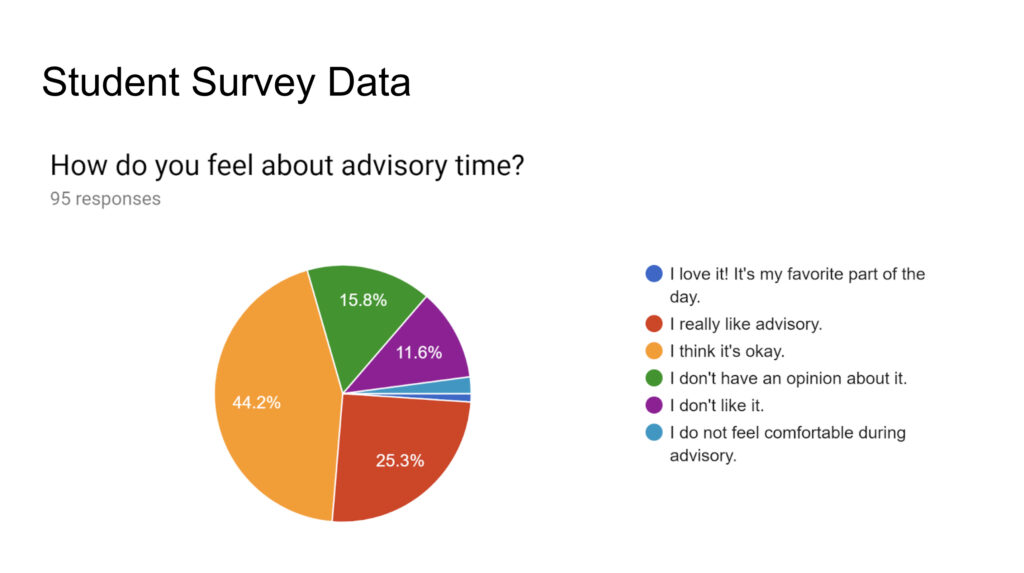
We asked students what they thought about advisory time. The yellow and the red and the blue are like awesome or pretty good. We’re thinking we’re doing a pretty good job, so how do you feel about advisory time? It’s like almost 75% of students are pretty, have a pretty favorable view of it, which is great.
What do we need to work on?
- Not enough time!
- Who advisors are (schedule conflicts of interest)
- Weekly email home needs improvement
- Waiting for the bus to arrive is hard
- Too many good ideas and not enough time!
Then there are lots of other things that we need to work on. Like it’s not nearly enough time. We have all sorts of different teachers as advisors and it sometimes might not work. For Example, sometimes the special educators get pulled into lots of different places. As a result, they may not be the best fit for advisors until we can fit that. We do this weekly email home that needs improvement. The bus doesn’t always arrive on time. We have this cross bus that comes from the other campus that is problematic, making it even shorter.
The bottom line is we just have too many good ideas and not enough time.


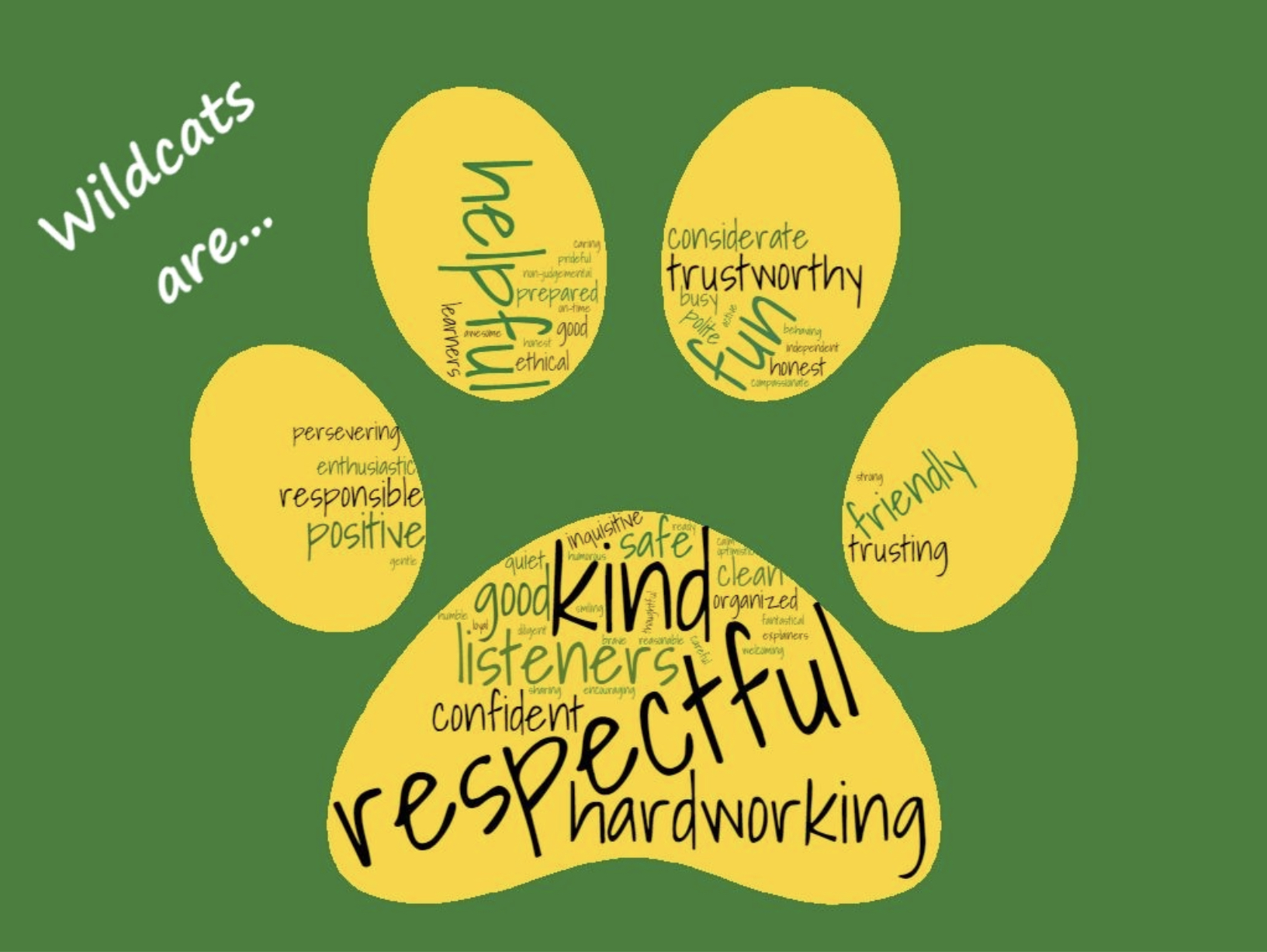
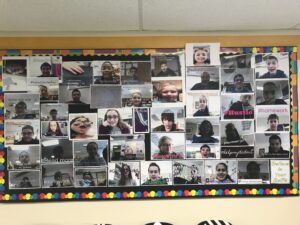
Thank you Scott! So many great ideas for advisory here. Love the student data and leadership piece.